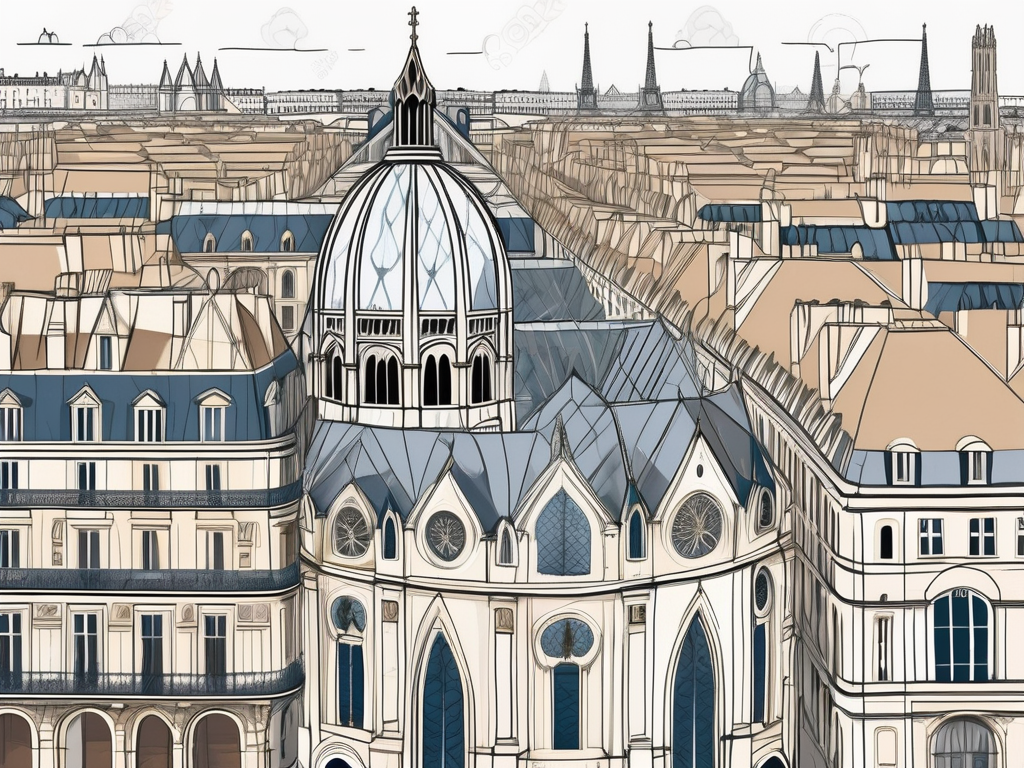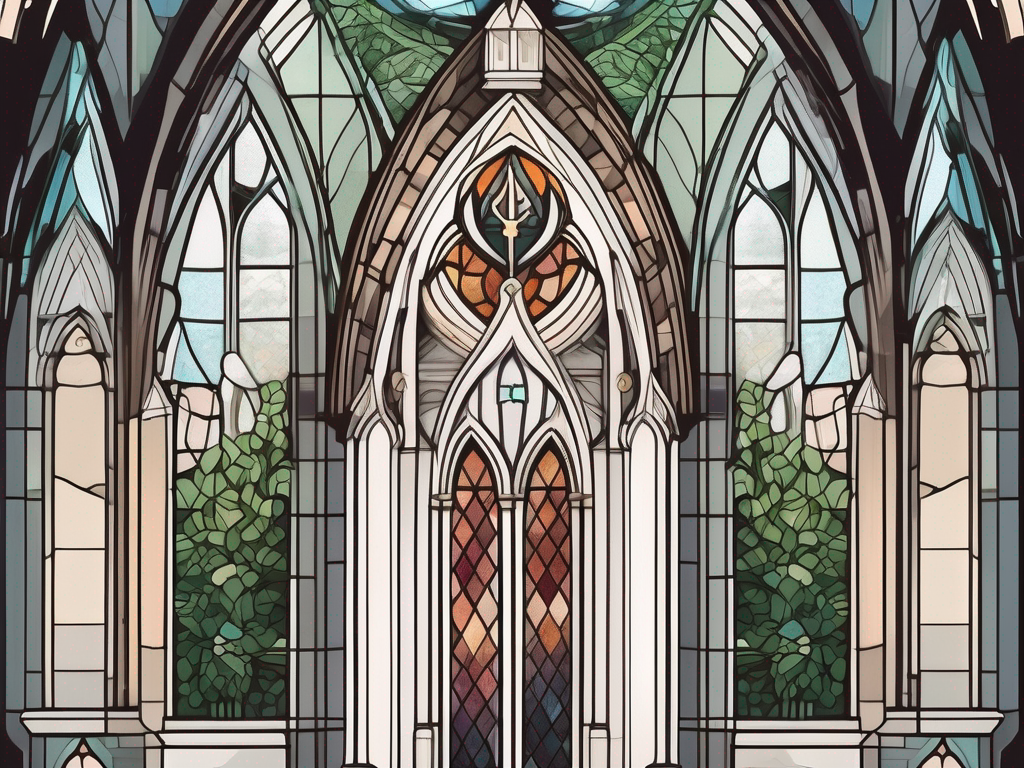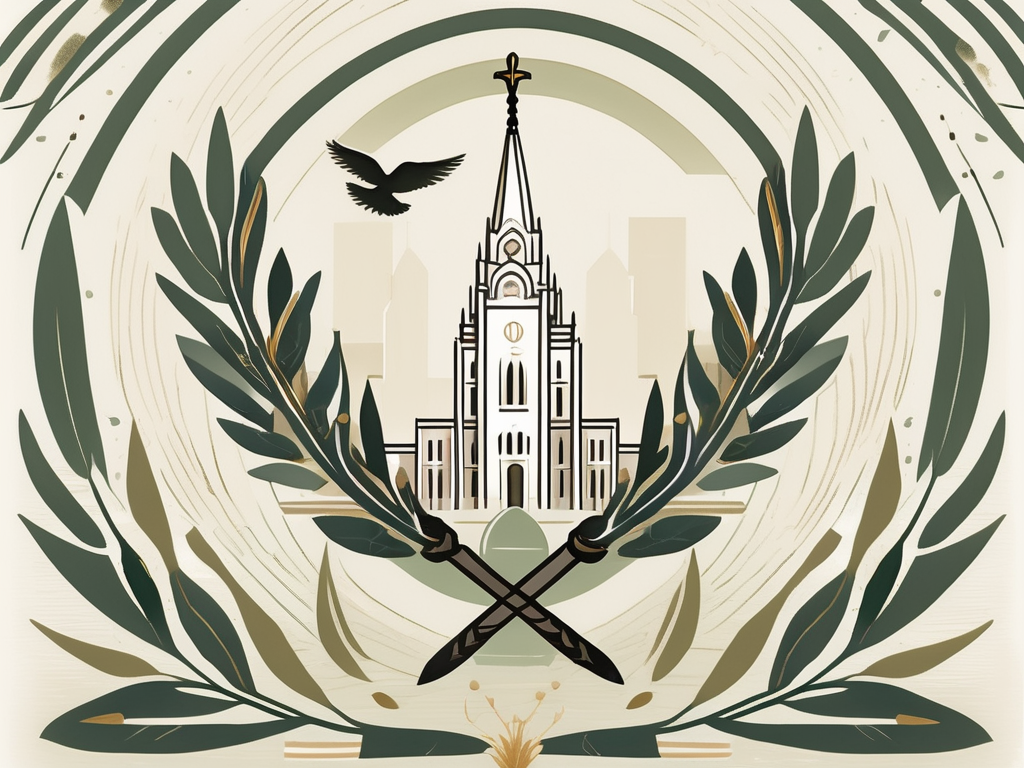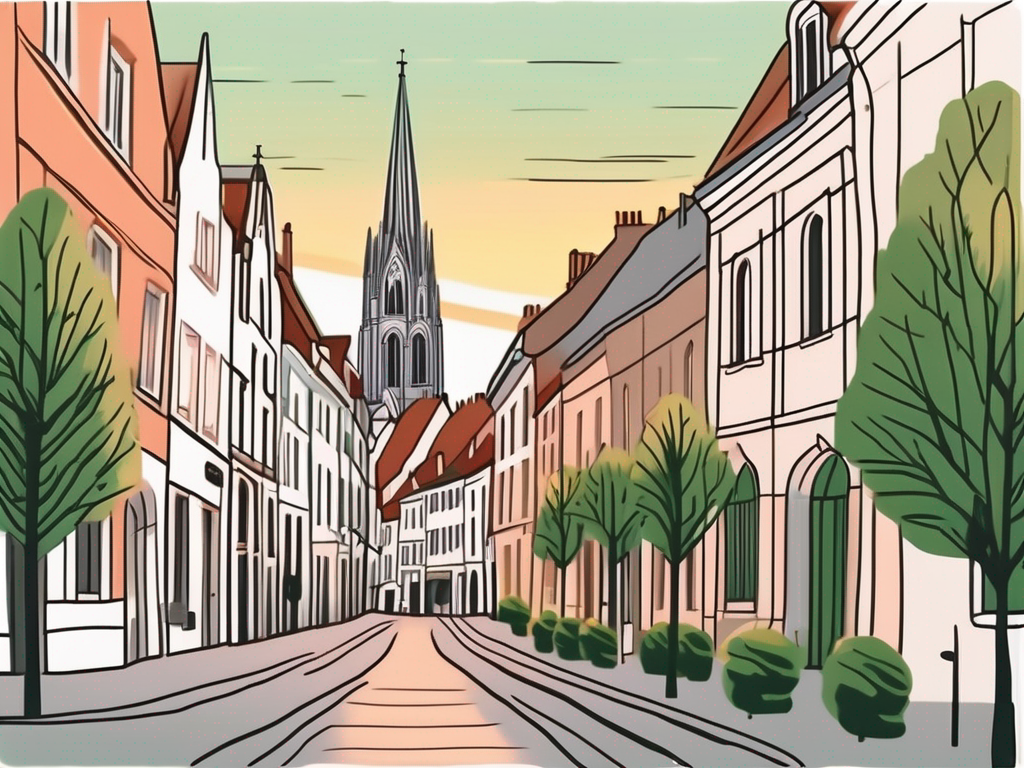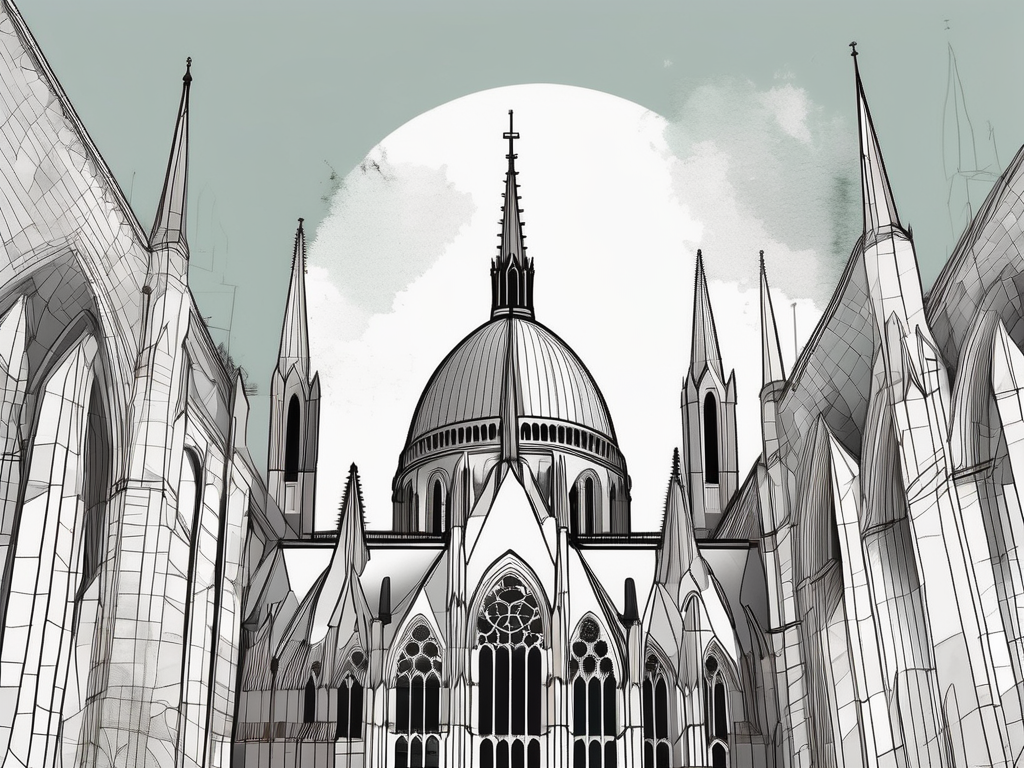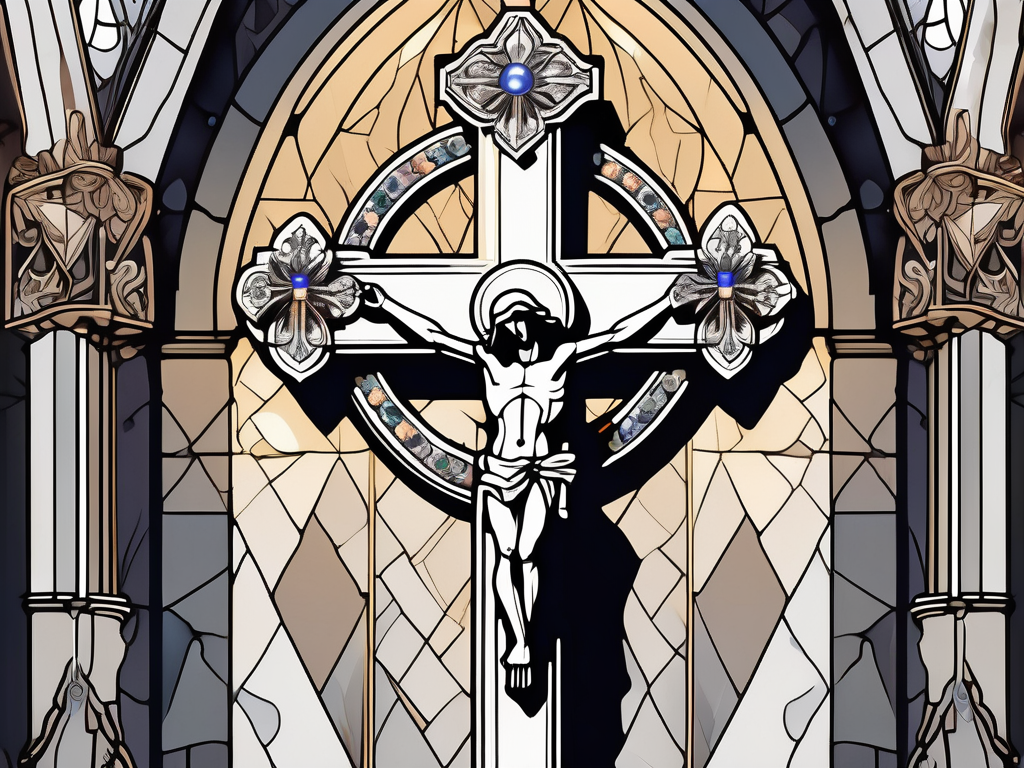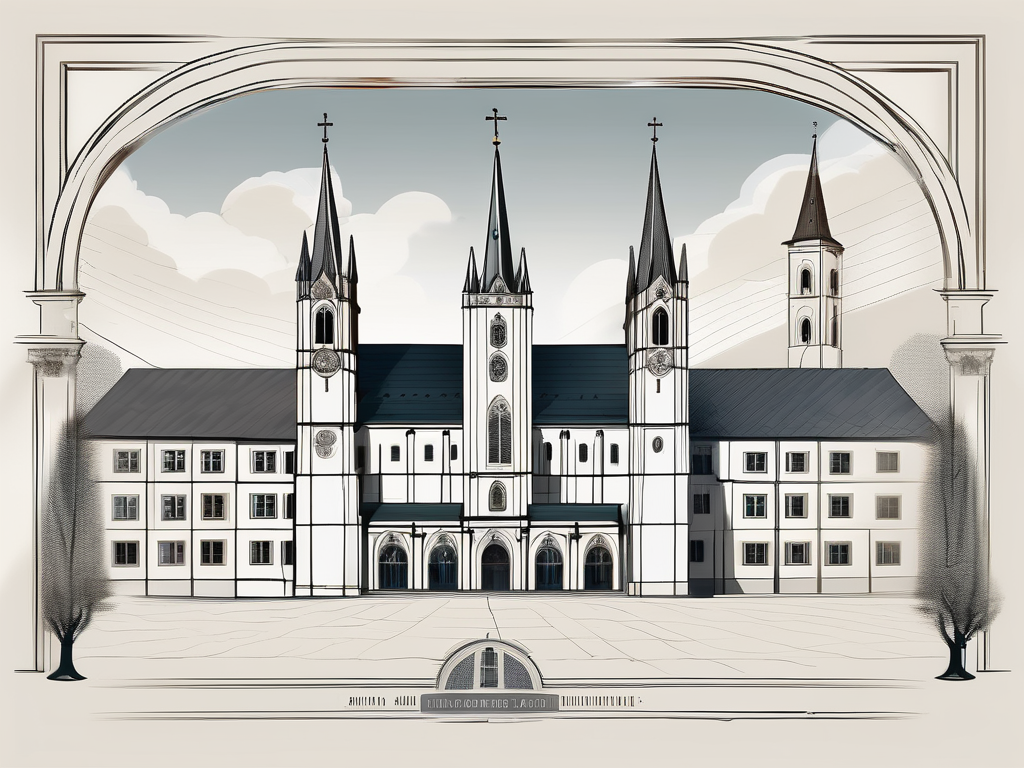Joan of Arc is a name that resonates throughout history. Her short but extraordinary life continues to inspire people around the world. Born in the early 15th century, Joan defied all odds and played a pivotal role in the Hundred Years’ War. Her unwavering courage and unwavering faith made her an icon of resilience and determination.
Early Life and Background of Joan of Arc
Joan of Arc, a legendary figure in history, was born in the small village of Domrémy in northeastern France. Nestled amidst the picturesque landscapes, this humble village became the backdrop of Joan’s extraordinary journey. Growing up in a rural setting, she experienced the duality of a childhood filled with simple joys and hardships.
Domrémy, situated close to the border, was no stranger to the ravages of war. The ongoing conflict between France and England cast a shadow over the region, subjecting its inhabitants to the constant turmoil and uncertainty of battle. The echoes of clashing swords and the cries of war were a haunting melody that played in the background of Joan’s formative years.
Childhood in Domrémy
Despite the looming threat of war, Joan’s childhood in Domrémy was not devoid of happiness. Surrounded by the beauty of nature, she found solace in the rolling hills and verdant landscapes that stretched as far as the eye could see. The village became her playground, and she reveled in the simple pleasures of tending fields and herding sheep.
As the seasons changed, so did the rhythm of life in Domrémy. From the vibrant colors of spring to the golden hues of autumn, Joan witnessed the cyclical nature of existence, finding comfort in the harmony of the natural world. It was within these tranquil surroundings that seeds of resilience and determination were sown in her young heart.
Yet, the idyllic facade of Domrémy could not shield Joan from the harsh realities of war. The Hundred Years’ War had plunged France into chaos, with the English occupying large parts of the country. The distant sounds of battle served as a constant reminder of the fragile peace that hung in the balance.
Religious Visions and Calling
Amidst the turmoil of war, a divine intervention awaited Joan. It was during this tumultuous period that she experienced a series of religious visions that would alter the course of her life and the destiny of a nation. In the depths of her devout Catholic upbringing, Joan found herself being visited by celestial beings.
According to her accounts, the archangel Michael, accompanied by Saint Margaret and Saint Catherine, appeared before her. These ethereal figures, bathed in divine light, conveyed a sacred message. They urged Joan to rise above the chaos and take up arms, to drive out the English invaders and help Charles VII reclaim the French throne.
These visions, so vivid and profound, served as a divine calling for Joan. Filled with unwavering faith and an unyielding sense of purpose, she made the decision to leave behind her beloved village at the tender age of 17. With determination burning in her eyes, she embarked on a treacherous journey, seeking an audience with the Dauphin, who would later become King Charles VII.
Little did Joan know that her journey would not only shape her own destiny but also leave an indelible mark on the pages of history. The stage was set, and the world awaited the arrival of a young woman who would defy expectations and challenge the very fabric of society.
Joan’s Role in the Hundred Years’ War
Joan of Arc, a young peasant girl from Domrémy, played a pivotal role in the Hundred Years’ War between France and England. Her journey to Charles VII, the Dauphin of France, was far from easy, but her unwavering faith and determination propelled her forward.
Armed with her conviction and a deep sense of purpose, Joan embarked on a perilous journey to Vaucouleurs. Along the way, she faced numerous challenges, from treacherous roads to skeptical individuals who doubted her claims. However, her charismatic personality and unyielding faith endeared her to those she encountered.
Upon reaching Vaucouleurs, Joan sought an audience with Robert de Baudricourt, the captain of the garrison. Initially skeptical, Baudricourt was eventually convinced by Joan’s unwavering faith and determination. Recognizing her potential, he provided her with an escort to Chinon, where Charles VII resided.
Journey to Vaucouleurs and Chinon
As Joan made her way to Chinon, she became a symbol of hope for the French people. Her unwavering faith and conviction inspired loyalty among those who witnessed her journey. They saw in her a beacon of light in the midst of a dark and tumultuous time.
Despite the treacherous nature of the road, Joan’s resolve remained unshaken. She faced physical hardships and encountered individuals who questioned her abilities. However, her unwavering faith and charismatic personality continued to win people over, paving the way for her ultimate meeting with Charles VII.
Finally, after enduring the challenges of her journey, Joan arrived in Chinon. The Dauphin, initially skeptical of her claims, granted her an audience. As she stood before him, Joan’s conviction and knowledge of secret matters, which she claimed had been revealed to her by heavenly voices, impressed Charles VII.
The Siege of Orléans
Joan’s ultimate goal was to liberate France from English occupation. Her first major victory came during the Siege of Orléans, a critical turning point in the war. With her leadership and tactical prowess, Joan inspired the French soldiers to fight with renewed vigor.
Against all odds, Joan and her troops emerged victorious, breaking the English siege and liberating Orléans. The triumph at Orléans solidified Joan’s reputation as a savior and instilled hope in the hearts of the French people. She became a symbol of defiance, showing that even in the face of overwhelming adversity, victory was possible.
Coronation of Charles VII
Joan’s success at Orléans paved the way for Charles VII’s coronation, a momentous event that marked the restoration of French sovereignty. In a historic ceremony held at Reims Cathedral, Joan stood by Charles’ side, witnessing the culmination of her mission.
The coronation of Charles VII symbolized the beginning of the end of the war. Joan’s unwavering faith and determination had played a significant role in turning the tide in favor of the French. As she stood by the newly crowned king, the weight of her accomplishments and the hope she had inspired were palpable.
Joan of Arc’s role in the Hundred Years’ War was not only one of military significance but also one that inspired a nation. Her unwavering faith, determination, and charismatic personality made her a symbol of hope and resilience. Through her actions, she showed that even in the darkest of times, one person’s conviction and courage can change the course of history.
Trial and Martyrdom of Joan of Arc
Despite her remarkable achievements, Joan’s journey took a tragic turn. She was captured by the English and accused of heresy. Her trial and subsequent execution left a dark stain on history. Nevertheless, her unwavering faith and courage in the face of persecution continue to inspire people to this day.
Capture and Imprisonment
Joan’s capture occurred during a military campaign near Compiègne. Following her capture, she was imprisoned and subjected to harsh conditions. However, Joan remained resilient and refused to renounce her divine mission.
During her imprisonment, Joan faced a series of interrogation sessions. Her captors hoped to find evidence of heresy and undermine her credibility. Despite their efforts, Joan stood firm in her faith and convictions.
Trial for Heresy
Joan’s trial for heresy was a farce designed to discredit her and paint her as a witch. The court, heavily influenced by the English, sought to undermine her claims of divine guidance. Joan’s resilience and unwavering faith shone through, even in the face of relentless questioning.
Despite her brave defense, Joan was ultimately found guilty and sentenced to death. The trial and subsequent execution were tragic reminders of the cruelty of the time, casting a shadow on a remarkable life.
Execution and Martyrdom
In May 1431, Joan was led to the stake, where she was burned alive. This act of cruelty unleashed a storm of controversy and ignited a fire in the hearts of many. Joan’s martyrdom resonated with the people, turning her into a symbol of resistance and devotion.
Canonization and Legacy of Joan of Arc
More than two decades after her death, Joan’s name was cleared, and she was declared a martyr. In 1920, she was canonized as a saint by the Catholic Church. Joan’s remarkable legacy extends far beyond her religious canonization.
Process of Canonization
Joan’s path to sainthood was a complex one. It involved an extensive investigation into her life and miracles attributed to her intercession. The Catholic Church recognized her unwavering faith and her exceptional role in medieval history.
Joan of Arc in Popular Culture
Throughout the centuries, Joan’s story has captured the imagination of artists, writers, and filmmakers. From novels to films and theatrical productions, her story has been retold and reimagined countless times. Joan’s image as a fearless warrior and a symbol of resistance continues to inspire creative minds around the world.
Influence on Feminism and Nationalism
Joan’s legacy extends beyond the realms of art and literature. She has become an icon for feminist movements, symbolizing the empowerment of women throughout history. Her bravery and determination have also made her a potent symbol of national pride and identity for the French people.
In conclusion, the life of Saint Joan of Arc is a testament to the power of faith, courage, and resilience. Her unwavering belief in her divine calling and her determination to fight for her country continue to inspire people today. Joan’s incredible journey, from a simple peasant girl to a revered saint, serves as a reminder that even the most ordinary individuals can achieve extraordinary things.

